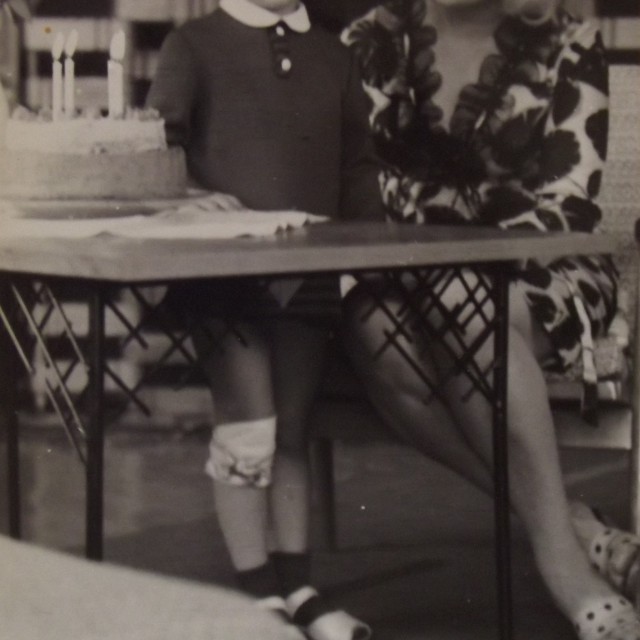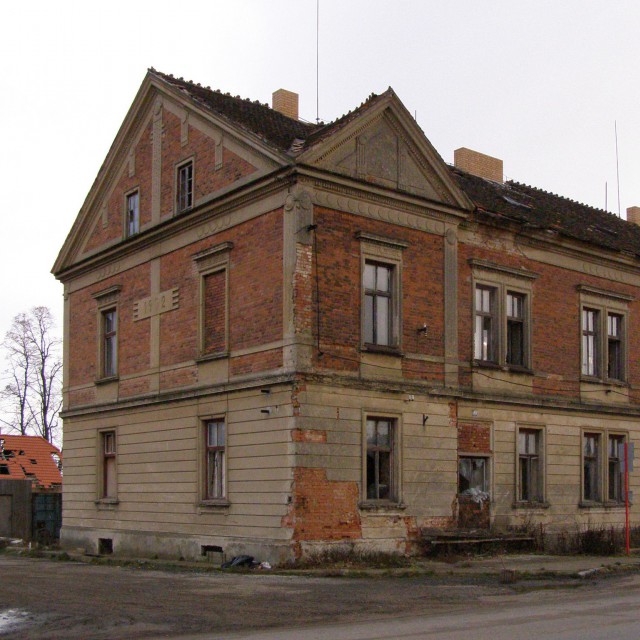Grandpa Hámon helped us escape from the brickworks
In 1951, Irena Šimonová - by then a political prisoner - was assigned to work in a brick factory in Červené Pečky. She had to work every day in the so-called "aluminum," where she toiled and mined brick clay. Irena recalls that the workers were under the supervision of an old man, a civilian, whom they familiarly called "grandpa Hámon." He was not a guard but a civilian expert on the processing of clay: "He was a very kind old gentleman who was raising his mentally ill daughter. He would tell me: "you can't do this job, you're still a child." Working in the aluminum was very physically demanding and it was clear that the slender, twenty-one-year-old girl would not endure the job for long. Grandpa Hámon finally helped Irena to escape. "I trusted him completely," she recalls, "when my friend Helena planned to escape, I asked him for civilian clothes. He immediately knew that we wanted to get away and brought us clothes and also got us some money. When we ran away, he didn't report it. Every time I remember him I feel sorry that people like him don't get rewarded, because he'd really deserve some appreciation. To this day, I don't know what happened to him." Because aluminum was not particularly well guarded, both friends had no trouble leaving it in their civilian clothes. Then, they tried to get across the border from East Germany to West Germany. After eleven days on the run, they were arrested on the territory of East Germany.
Hodnocení
Hodnotilo 0 lidí
Routes
Not a part of any route.
Comments
No comments yet.



